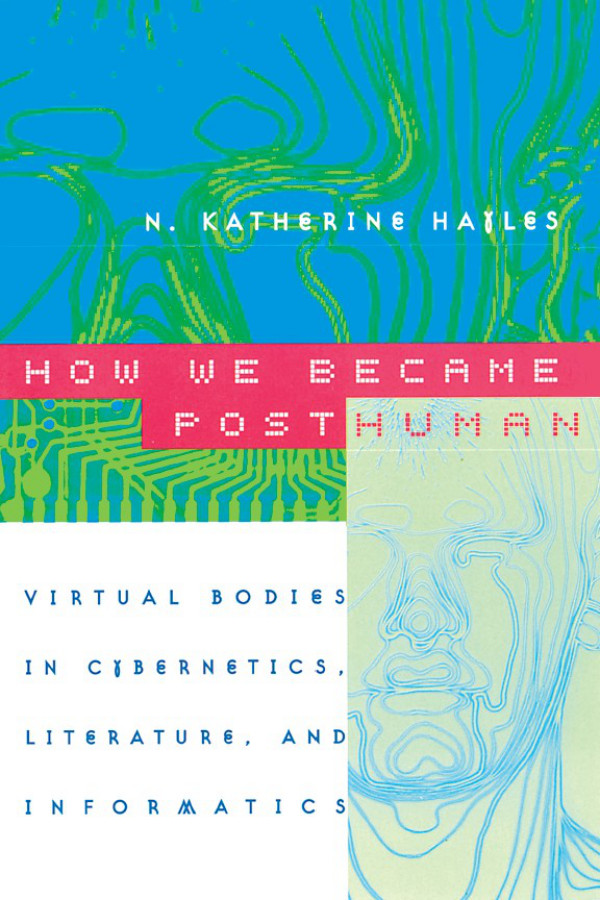John Mingers: Self-Producing Systems: Implications and Applications of Autopoiesis (1995)
Filed under book | Tags: · artificial intelligence, autopoiesis, cognitive science, cybernetics, information theory, law, philosophy, systems theory, theory of communication

“This is the first volume to offer comprehensive coverage of autopoiesis-critically examining the theory itself and its applications in philosophy, law, family therapy, and cognitive science.”
Publisher Springer, Dordrecht
Contemporary Systems Thinking series
ISBN 0306447975, 9780306447976
246 pages
PDF (updated on 2012-7-29)
Comment (0)Hubert L. Dreyfus: What Computers Can’t Do: A Critique of Artificial Reason (1972)
Filed under book | Tags: · artificial intelligence, computing, machine

Critique of the field of artificial intelligence.
With a preface by Anthony Oettinger
Publisher Harper & Row, New York, 1972
259 pages
PDF (updated on 2012-7-15)
Comment (0)N. Katherine Hayles: How We Became Posthuman: Virtual Bodies in Cybernetics, Literature, and Informatics (1999)
Filed under book | Tags: · android, artificial intelligence, autopoiesis, body, cellular automata, computing, cybernetics, cyborg, epistemology, literature, posthuman, posthumanism, technology, virtual reality

“In this age of DNA computers and artificial intelligence, information is becoming disembodied even as the “bodies” that once carried it vanish into virtuality. While some marvel at these changes, envisioning consciousness downloaded into a computer or humans “beamed” Star Trek-style, others view them with horror, seeing monsters brooding in the machines. In How We Became Posthuman, N. Katherine Hayles separates hype from fact, investigating the fate of embodiment in an information age.
Hayles relates three interwoven stories: how information lost its body, that is, how it came to be conceptualized as an entity separate from the material forms that carry it; the cultural and technological construction of the cyborg; and the dismantling of the liberal humanist “subject” in cybernetic discourse, along with the emergence of the “posthuman.”
Ranging widely across the history of technology, cultural studies, and literary criticism, Hayles shows what had to be erased, forgotten, and elided to conceive of information as a disembodied entity. Thus she moves from the post-World War II Macy Conferences on cybernetics to the 1952 novel Limbo by cybernetics aficionado Bernard Wolfe; from the concept of self-making to Philip K. Dick’s literary explorations of hallucination and reality; and from artificial life to postmodern novels exploring the implications of seeing humans as cybernetic systems.
Although becoming posthuman can be nightmarish, Hayles shows how it can also be liberating. From the birth of cybernetics to artificial life, How We Became Posthuman provides an indispensable account of how we arrived in our virtual age, and of where we might go from here.”
Publisher University of Chicago Press, 1999
ISBN 0226321460, 9780226321462
350 pages
PDF (updated on 2012-7-24)
Comment (0)
